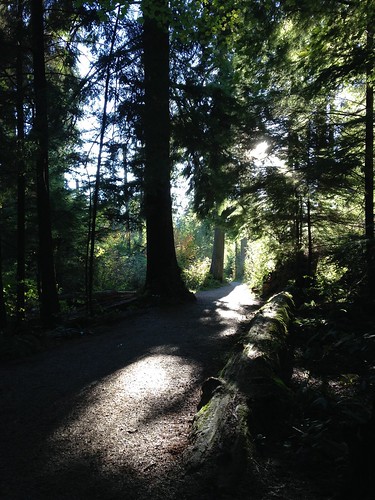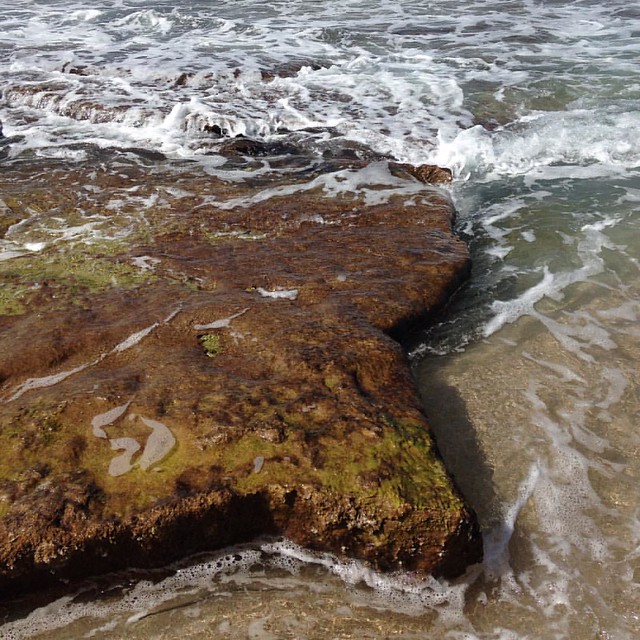
I'm emerging from what has been one of the most challenging months of my life (and this is pretty much what I've been experiencing with every month since May of last year). Three days ago, we moved into my mom's
yurt (a sort of a not-so-temporary dwelling originating in Mongolia) and after one day of total hell (predictable with major change with anyone, but particularly for autistic people) my daughter is adjusting surprisingly well to the new arrangement. So to break the doom and gloom of silence that's been hovering over this blog, I've decided to assemble an illustrated collage of scents that I've been enjoying since arriving here in Israel. It's those little things that keep me going and bring comfort in the midst of total chaos and displacement.
And what better place to begin than the beach? It's the one and only constant in our lives since leaving Vancouver (besides basic activities such as brushing teeth and eating breakfast). The north coast of Israel is fascinating with wild life and the terrain is not as monotonously sandy as the south (although this has its charm as well). Lagoons, rocks and ancient port cities and fishing villages lace the shores, as well as remains of an ancient factory for red dye from certain sea snails. Beach culture here is also vibrant and goes year around, with diving and surfing bringing in people who would normally complain that the water is too cold in the winter.

And as if the beach is not wonderful enough just for its warm, azure blue water - there are also some amazing wild plants growing near it. These wild beach lilies are almost as large as the madonna lilies, and just as fragrant. But their aroma is a little different - a sultry mix of salicilates (which are typical for lilies, as well as present in ylang ylang) and hyacinth's heady green. Add to that the fact warmth from the Mediterranean sun, which beats the dewiness out of it completely - and you get a scent of slightly-cooked bulb flowers.

Carissa (AKA Natal Plum) is another beach phenomenon, but cultivated. It can be found as a hedge plant in many coastal cities here. This plant originates in South Africa, where its oblong, bright red fruit provides an important source of food (I personally find it too astringent). The flower is what I'm more fond of, as it has shape like frangipani or tiare, and a smell that is gardenia-like, but more subtle.

I've dedicated an entire post to
guavas, so I won't mention them again. But they are not the only remarkable fruit this season. Anona (AKA cherimoya, custard fruit or custard apple) are lovely-tasting fruit that look oddly like pine cones (especially after they get overripe and their peel hardens and completely blackens). The inside flesh has a flaky structure, similar to cooked fish, but melts in the mouth like custard. The aroma is very mild and appealing. This fruit is quite expensive, and always brings me fond memories of when my daughter was born, because my mom brought me many of them as a treat.
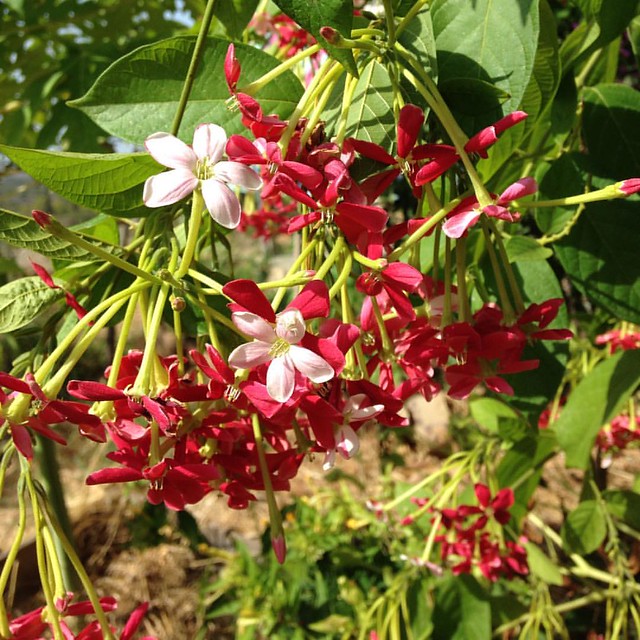 Quisqualis indica
Quisqualis indica (AKA Chinese Honeysuckle or Rangoon Creeper) greets you as you enter the veranda at my brother's house. Incidentally, this is a similar scenario to the entrance at his in-laws home. The scent is intoxicating, especially at night. Floral (vaguely jasmine-smabac-like) and heady but not overwhelmingly so, as it is balanced with green notes and overall smells like a good oolong tea, xing qin to be exact (also called King Jade).
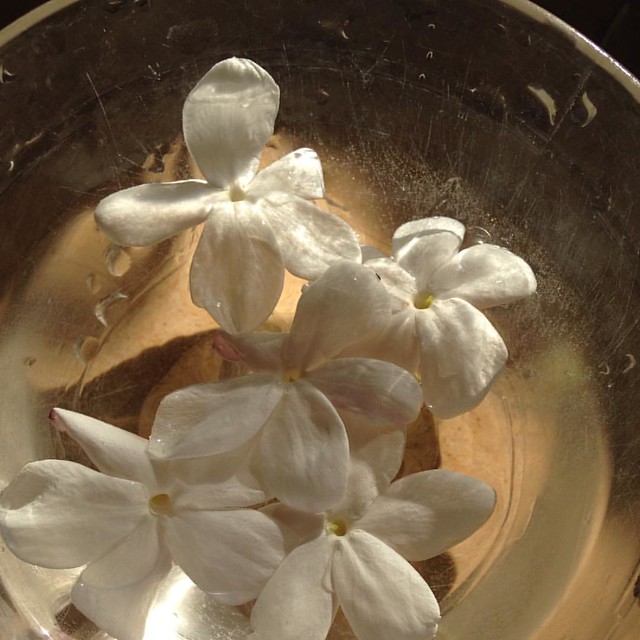
Jasmine blossoms are alive and well in this part of the world, and early morning is the best time to enjoy them. By night time most of their scent has evaporated in the sun. Sitting next to one of these bushes, with or without a cup of herbal tea (coming soon) is a most delightful way to start the day and remind me why I came here. I've been enjoying the ones near my brother's home (we've stayer with him for a month), and my own bush, planted 20 years ago, is still alive and well. There are also jasmine sambac bushes growing on my mom's property. What's fantastic is that they have no problem surviving the winters here, and can grow to be impressively large bushes with thick trunks, and they bloom many times throughout the year.
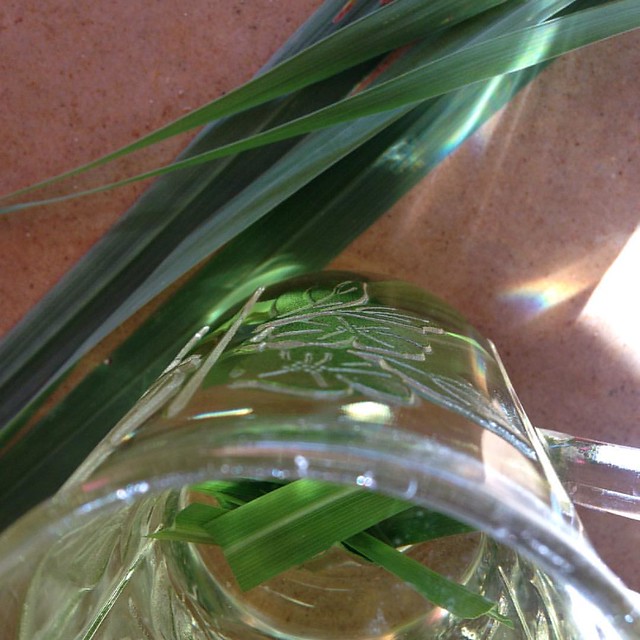
Fragrant herbs, especially lemon scented ones, are one of the things I missed the most about my home village. Nothing compares the taste of freshly brewed tisane from lemon verbena and lemon grass that you've just picked from the garden a few minutes ago. The flavour is so full of life and so refreshing. We like to open and close each day with this brew, sit down with family and relax; and also that's how we greet most visitors. For out of owners this is the epitome of luxury.

In one of my visits to the nearby town of Tarshiha, I spotted a tobacco curing joint on the roof of one of the houses. Tobacco leaves are usually harvested at the end of the summer, and can be left to cure outdoors in this climate, as the first rains won't begin till October (and sometimes even later). The scent of tobacco leaves wafted through the cobblestone lanes and many leaves that fell of the clusters on the roof could be found on the ground.
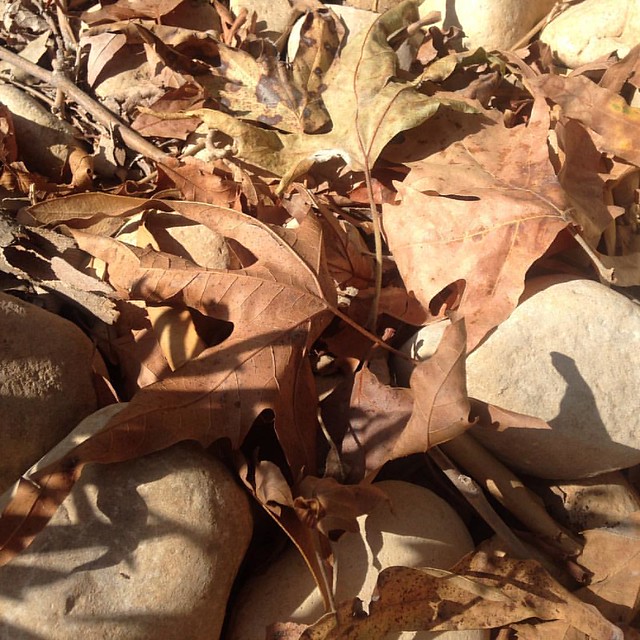
These are leaves of Syrian maple that I spotted in a creek nearby. They don't have any notable scent, but are significant in a symbolic way, because the season is called fall, after all. Likewise, the acorns pictured below are not particularly fragrant, but illustrious of the season's unique sights.
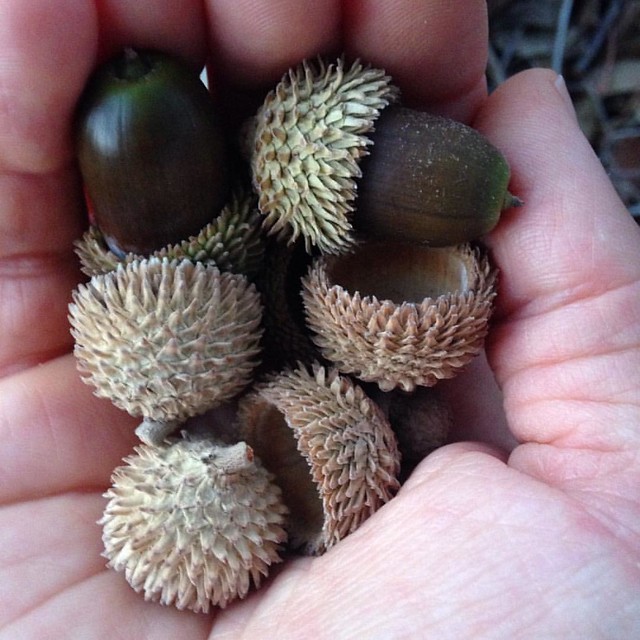
The acorns, I'm told, can be roasted and ground into a flour and used as a source of food. I'm going to try it this year... And serve acorn pudding from teeny tiny acorn cups.
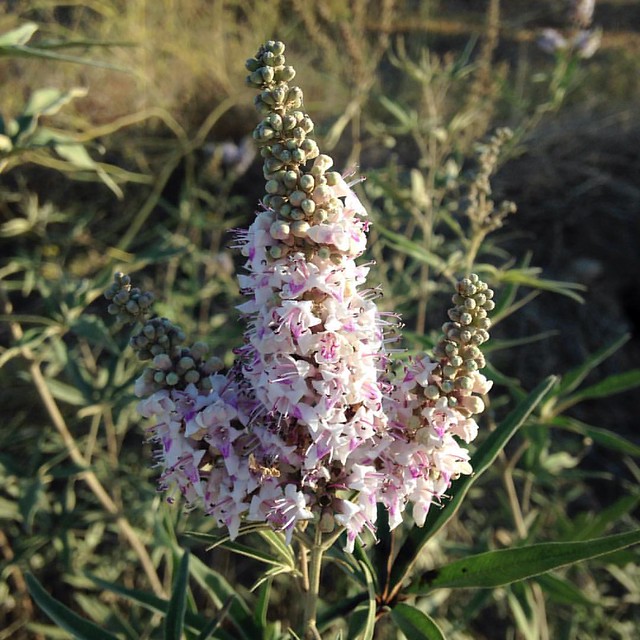
The flowers of
Vitex agnus-castus AKA Abraham's Bush, Abraham's Balm or Yarnakh, appear in clusters like lilac, only that they are pointing upwards. They have a distinctive perfume that I can't describe. The best way to experience it outside the wild habitat is uncork a vial of my
Indigo perfume.
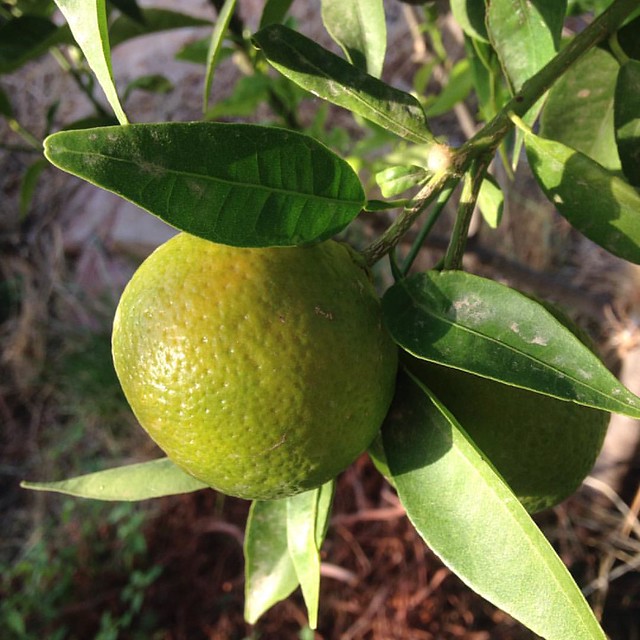
The first mandarins are ripe from the inside but still green on the outside. Nostalgic scent for me, as we'd pack them for the first days of school and they marked not only the beginning of the new school year, but also the many citrus fruit that will continue to ripen and provide us with vitamin C throughout the abrupt and rather stormy Israeli winter.

The olive harvest season is now, and the rain wouldn't arrive to wash the dust off the olives. It was a very weak year for this crop, and many families including mine decided to not even bother picking them. My mom insisted and we helped her pluck enough olives to fill two sacks, which surprisingly yielded an entire can of oil (probably around 2 gallons). The experience was a tactile torture as there is nothing I hate more than chalky dust all over my fingers, toes and clothes. The first rain finally arrived in a short but violent outburst first thing in the morning of November 1st, so maybe now I will be more inclined to pick the remaining olives. I much prefer the smell of petrichor and olive foliage to that of dust accompanied by scorching sun.

















